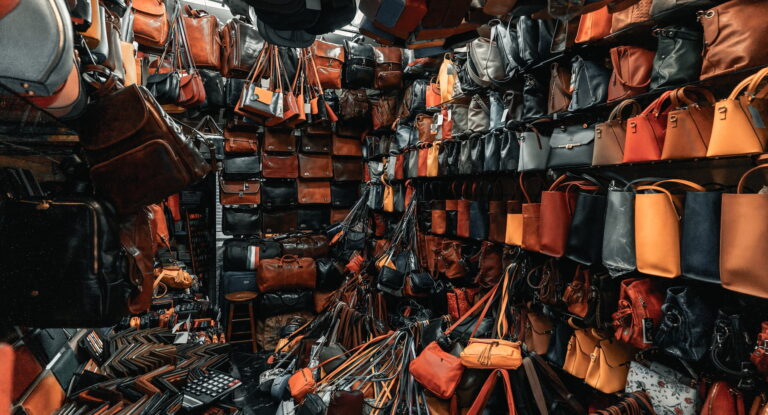Prada is an Italian luxury brand founded by Mario Prada in Milan, Italy in 1913. The company entered the Chinese luxury fashion market in 2011 with a fashion show called “Prada RTW Spring 2011” to build its influence in the country. In the second half of 2020 and the beginning of 2021, Prada became one of the few luxury brands that handled the pandemic hit well. This is why it’s worth studying the market strategy of Prada in China.
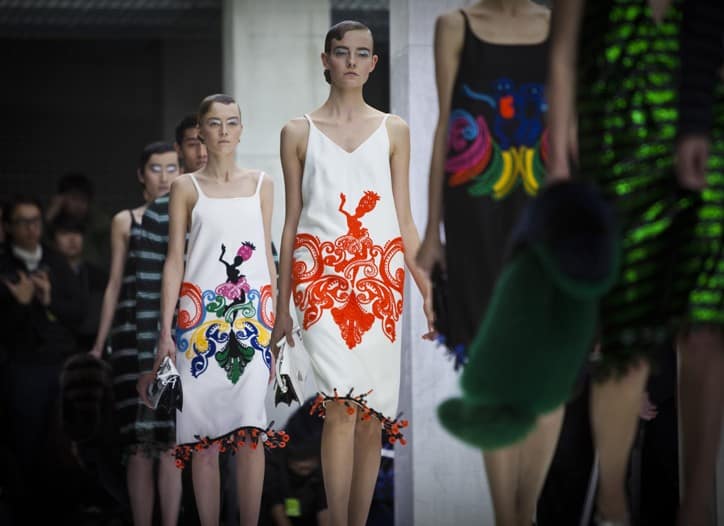
The Chinese market is an important driver of sales for Prada
In the first half of fiscal year 2020, affected by Covid-19, Prada Group recorded a net loss of 180 million euros, and revenue fell 40% year-on-year to 938 million euros. Among them, the Asia-Pacific region was the region with the smallest decline, with sales falling 18% year-on-year to 370 million euros, which proves that it is one of the biggest markets. As a matter of fact, in the first half of 2020, the Chinese market had become an important driving force for Prada to save its performance.
In the second half of 2020, Prada Group’s sales have gradually recovered, and sales performance in December has returned to the level of the same period of the previous year. In 2020, revenues in Europe and Japan fell because of the decrease in passenger traffic, but the United States, the Middle East, Russia, and most importantly the Asia-Pacific region performed well, especially the Chinese market grew by as much as 52%. So how does Prada win the Chinese market?
Strategy #1: Digitalization through ecommerce platforms
One of the reasons for Prada’s strong performance in China is digital development. In 2019, the company decided to join two Chinese e-commerce platforms: Secoo and JD, establishing their flagship stores there. Prada has also developed a limited-time store online, and launched the Prada Time Capsule series for the first time in December 2019. A new product was released on the first Thursday of each month, and was exclusively available in Prada online boutiques for a limited time for 24 hours. In March next year, Prada officially announced that it will enter the Tmall flagship store and will sell two new bag-limited gift boxes on the opening day. Almost a month later, the online store on Tmall has already collected more than 54,000 subscribers. Soon afterwards, its subbrand MiuMiu also announced its presence on Tmall.
In June of the same year, Prada’s official website and online boutiques in China were also redesigned. The website has improved and optimized the navigation system, and introduced a mini video and modular framework to improve the user experience. At present, Prada’s products sold in offline stores appear on the new official website, covering fashion, leather goods, accessories, glasses and other products, and connected to the two major payment methods of WeChat and Alipay.
What is different about Prada’s ecommerce strategy in China?
Prada was cautious with its online strategy in China: it joined ecommerce platforms much later than such luxury brands as Burberry, Dior, Coach and Louis Vuitton. However, it decided to utilize a strategy which unites social content and physical experience. Namely, highlighting its sustainable solutions in fashion, Prada launched a hashtag #prada再生尼龙 (#PradaReNylon). Customers could see how nylon is produced on factories in the southern regions of China for this brand and how Prada supports sustainable methods of production.
Prada saw great potential in Chinese ecommerce platforms and therefore decided to focus on them when the pandemic hit. It allowed the brand to communicate with customers faster during special occasions. For example, on Valentines’ Day 2021, Prada sent its subscribers in WeChat customized posters with KOL Cai Xukun and in its mini program customers were able to choose gifts.
Strategy #2: Introducing MiuMiu to the Chinese market
The bags and accessories market in China is promising, showing 10% annual revenue growth in 2021 and reaching 128 million US$. Prada decided to target this market by introducing MiuMiu. MiuMiu and Prada are “sister brands” under the same company. Prada is the main line brand, and MiuMiu is the sub-line brand. Among them, Miumiu is more suitable for young consumers: it is focusing on leather accessories and bags and different series are influenced by various colors and patterns.
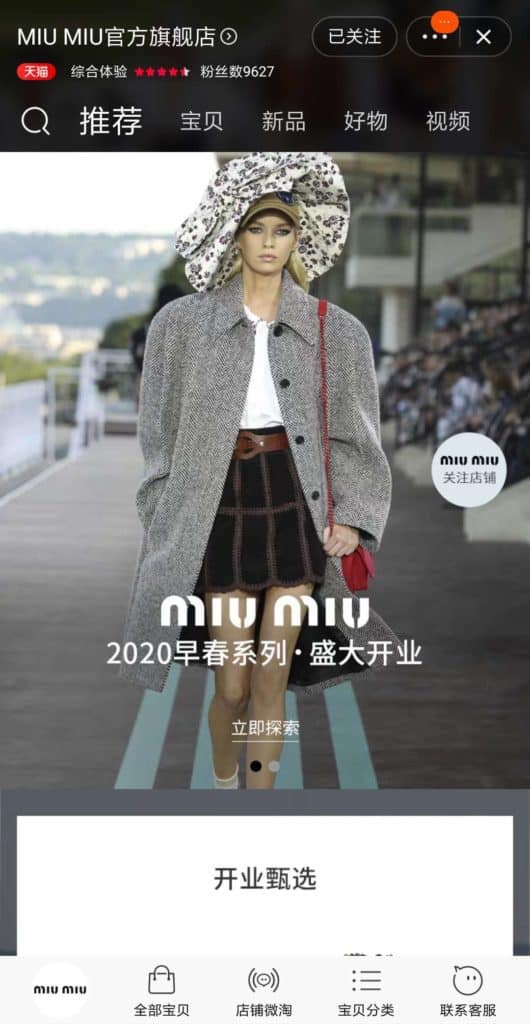
Strategy #3: Localization using Lunar New Year theme
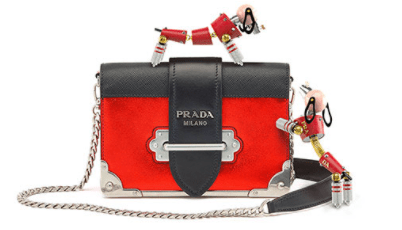
Important part of Prada’s localization strategy is Lunar New Year advertisements. In order to coincide with the Chinese festivals, Prada has launched a limited series on the Qixi Festival and the New Year. In addition to launching specific products and packaging, Prada in China made short film advertisements. Namely, in 2020 top model Chun Jin and her family members starred in a video featuring a reunion for the Lunar New Year. In the short film, Chun Jin was away from home for a long time and preparing to return to her family, remembering her childhood. The items of the Prada Lunar New Year collection become gifts and objects of expression of emotions.
Interestingly, Prada’s New Year advertisements focus on young consumers through using famous fashion models and actresses and special collections. For instance, in 2019 it launched an exclusive collection of bags and accessories called “My character”, embracing modern Chinese youth culture.
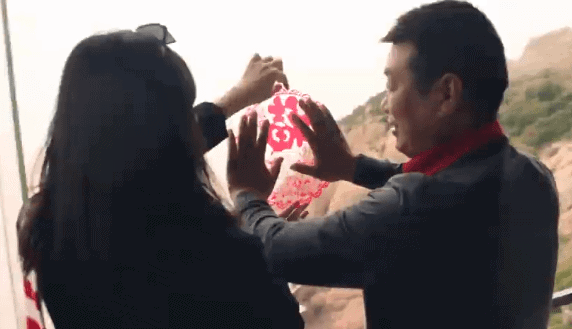
Unlike other traditional luxury brands, Prada also integrated AR technology in its campaigns. One year later, Prada China got attention with its campaign “Enter 2021. New Opportunities”, Prada invited everyone to open the door to the new year and share their resolutions for the coming months. This emblematic entrance features top names from the world of entertainment and fashion, captured on a metaphorical journey into 2021. Also, shoppers could write down their New Year’s promises using the Prada mini-programs and activate several AR filters on Douyin to share their best New Year wishes.
Strategy #4: Targeting youth through KOLs and specials designs

In addition to the expansion and optimization of online channels and localized advertisements, Prada is also working hard to close the distance with young Chinese consumers through collaboration with KOLs. For example, in 2019 Prada chose famous dancer and rapper Cai Xukun as the spokesperson. One year later, Prada collaborated with actress Jin Chen for the series of advertisements. In 2021 more than 20 Chinese celebrities participated in the advertisement of a Cleo bag. This campaign gained more than 80 million views on Weibo in one day.
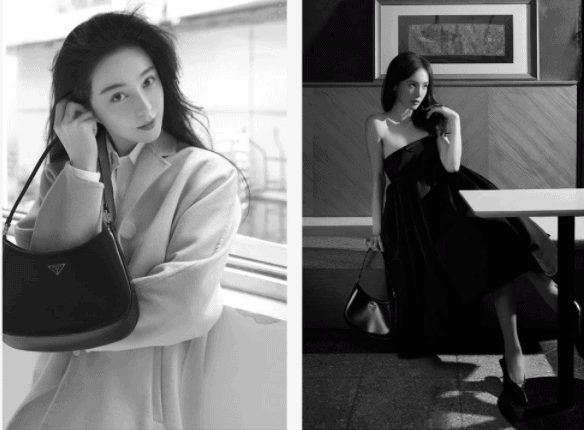
To attract young consumers, Prada China also combines elements of comics in brand designs. For instance, its banana print series and comic series got a lot of attention from millennials and Gen Z.
Stretagy #5: Creating a classy atmosphere in physical stores
For the traditional large flagship stores, Prada always choose special architectural art projects, making the flagship stores and boutiques in each region a unique brand window like an art gallery. For example, the most famous Galleria Vittorio Emanuele II boutique in Milan. It is Prada’s first store opened in 1913. Moreover, the company has insisted on restoring the gallery for a long time. Prada in China chose Shanghai as the cutting edge of its retail model, reflecting the existing pattern of luxury brands’ focus on Shanghai.

Since 2011, Prada began to repair a garden house “Rong Zhai” in Shanghai, and it was officially opened to the public in 2017 as a venue for Prada’s solo art exhibitions and brand activities. With the support of the Prada Foundation, Prada organized a specific exhibition called “Rubber Pencil Devil”. Therefore, Prada in China hopes to make Rong Zhai one of Shanghai’s cultural landmarks, which will also help the brand further increase its influence in the Chinese market. At present, Prada’s retail stores in Shanghai include four local boutiques in IAPM Mall, Shanghai IFC Mall, Shanghai Shangjia Center and Shanghai One ITC Mall.
Frequent Pop-up stores with different themes
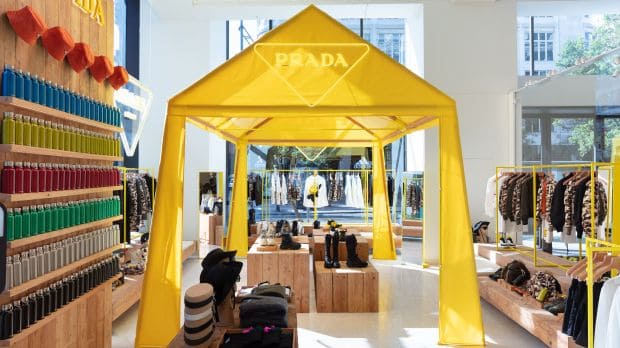
In the past two years, Prada has opened a limited-time store with multiple themes such as Hyper Leaves and Prada Escape in Beijing SKP-S, which is famous for its creative retail space. Among them, Hyper Leaves takes the wild and nature as its design inspiration, turning the limited-time store into a forest courtyard. Prada Escape was inspired by travel, outdoor and camping. The furnishings such as yellow tents, wooden showcases and yellow clothes hangers fit the concept of the Prada Escape series. During the Chinese New Year from February 3 to 23, 2021, Prada also opened the Prada Symbols limited-time store in Beijing SKP.
Key takeaways about Prada’s China market strategy
- Although Prada entered the Chinese ecommerce platforms relatively late, it managed to create some successful campaigns that attracted attention of Chinese consumers.
- Prada introduced its sub-brand MiuMiu to increase its influence in the bags and accessories market in China.
- The brand uses Chinese New Year as a part of its localization campaign targeting mainly young consumers through special collections and famous models.
- Prada is known for its outstanding architecture in its offline stores.



